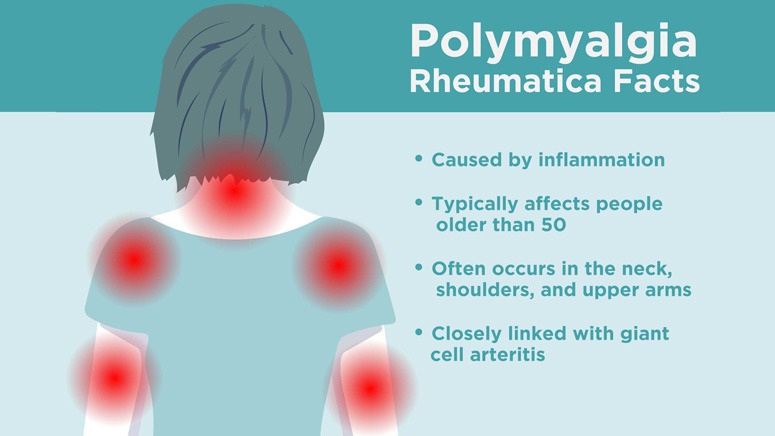Fact about Polymyalgia Rheumatica

Polymyalgia rheumatica is an inflammatory disorder that affects the muscles and joints. It is marked by pain and stiffness in the neck, shoulder, buttocks and hips. The symptoms are often worse in the morning. Pain often begins quickly, although the onset may be more gradual. This condition usually affects people above 60 years old. It is rarely seen in people below 50 years. White people, particularly northern Europeans, are more likely to develop this disease as they age.
Some researchers believe autoimmune responses [1] may play a role in the development of polymyalgia rheumatica. It is also suggested that the condition is caused by external factors such as viruses in already genetically predisposed individuals.
Polymyalgia rheumatica is a complex disease that is often treated with steroids. There are not many studies on the relationship between anti-inflammatory foods and polymyalgia rheumatica, but many patients have reported significant improvements by following certain diets. Sometimes, the results were so good, they were able to stay off steroids [2] for a while.
It is important to note that dietary additions are not substitutes for actual polymyalgia rheumatica treatment. They simply either help alleviate the symptoms or reduce the side-effects of treatment drugs. This article will discuss the right kind of diet for a person with polymyalgia rheumatica.
Foods to Eat
Consuming certain foods can help reduce inflammation, reduce the side effects of polymyalgia medication, and boost your immune system. There is no strict recommended food regimen for dealing with the condition. Instead, most people try a handful of diets until they work out which ones produce the best results for them. The following are some foods that produce good results for people with polymyalgia rheumatica.













